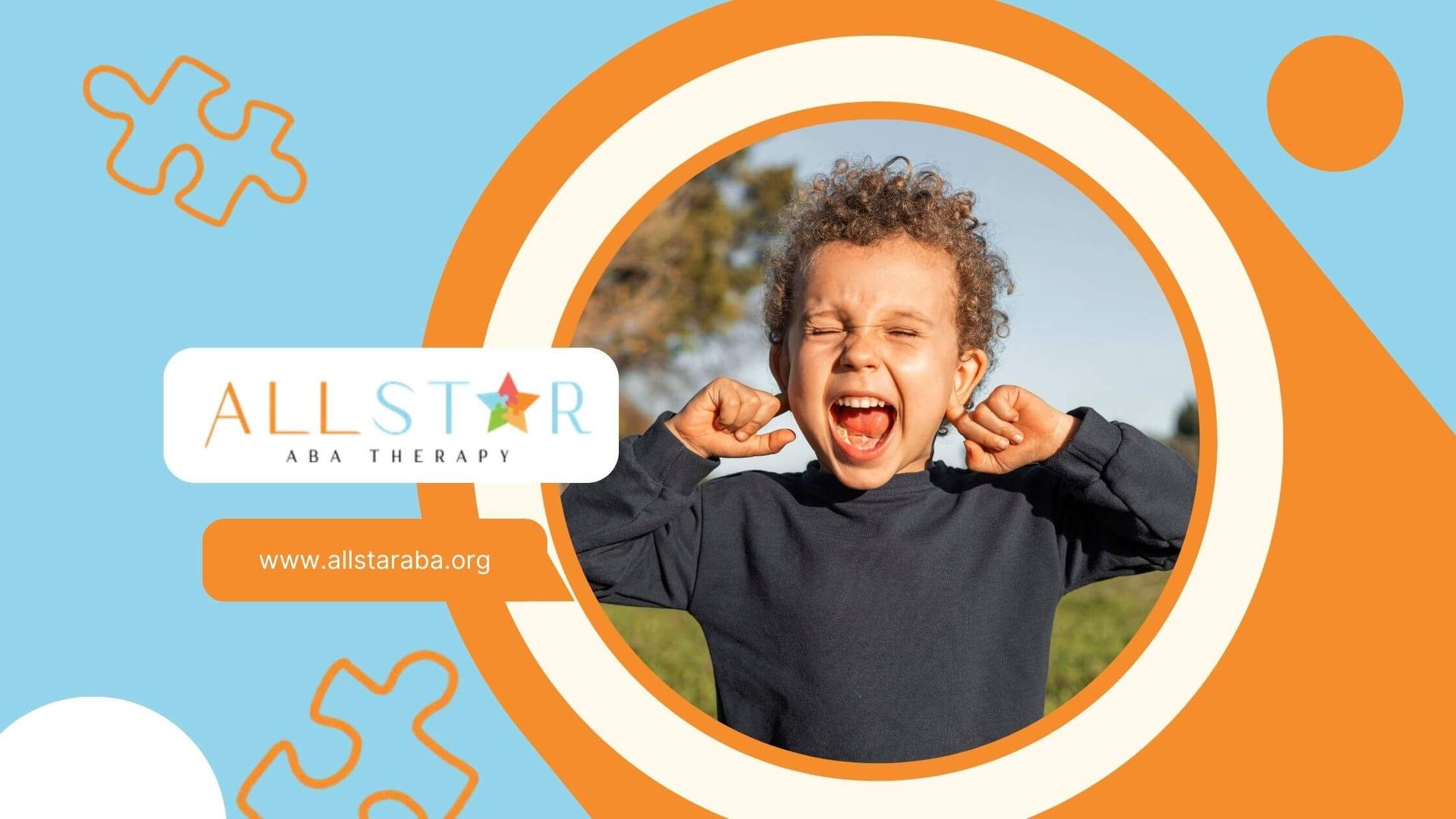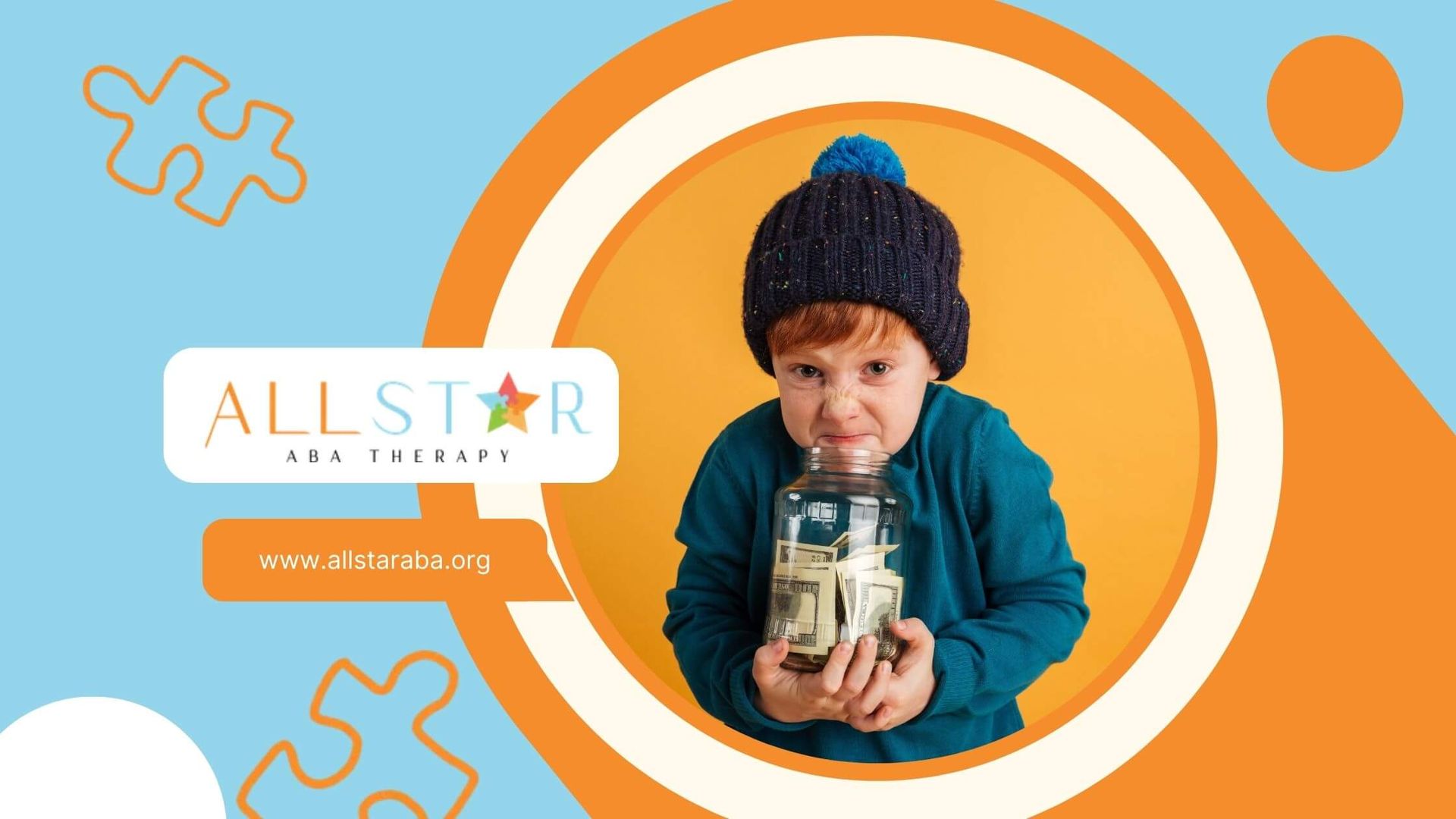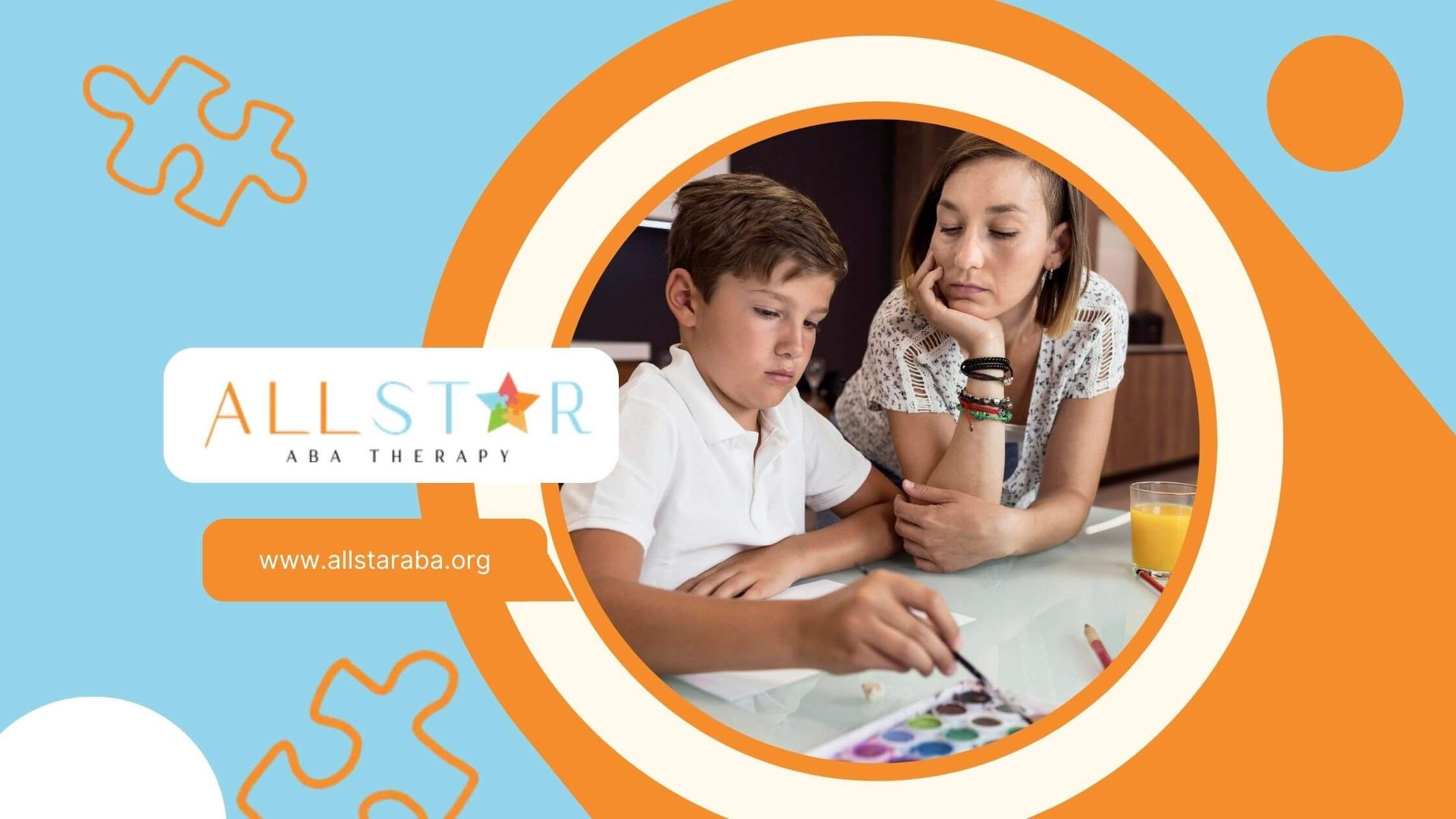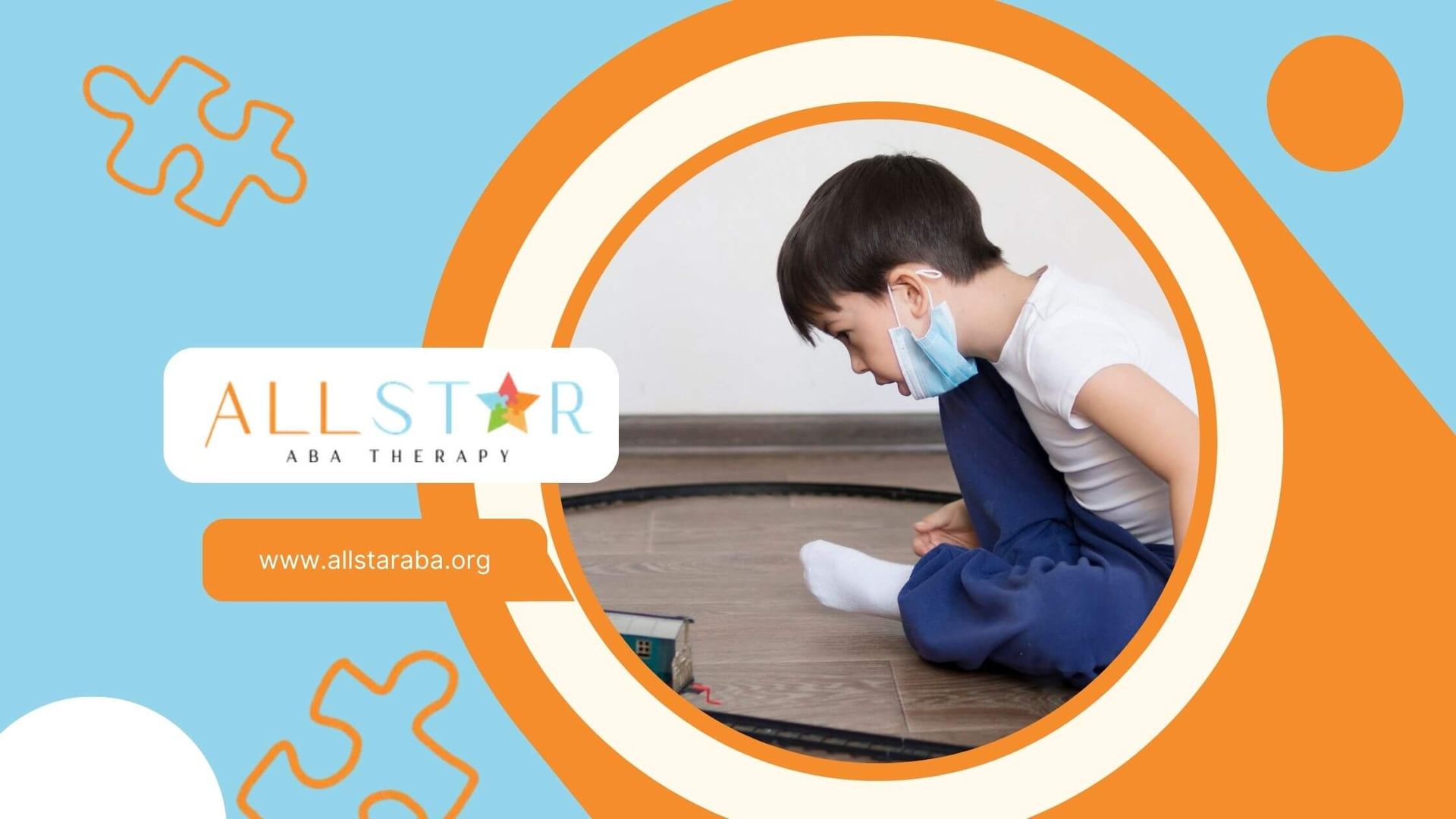New Paragraph
Understanding Borderline Autism: Symptoms and Diagnosis
Borderline autism, or autism spectrum disorder (ASD) Level 1, is at the mildest part of the autism spectrum. People with borderline autism may show symptoms of autism like having trouble with social cues, doing things over and over, or having sensory sensitivities. But, they do not have all the signs needed for a diagnosis of the more severe forms of spectrum disorder. Because this is a subtle kind of autism spectrum disorder, it can be hard to spot and manage. Knowing about borderline autism helps people understand its symptoms and learn what intervention steps and strategies can be used.
Defining Borderline Autism
Borderline autism is not an official diagnosis in the DSM-5, but it be used to talk about people who show some autistic traits, yet do not meet all the signs for a full autism spectrum disorder. This is seen at the mild end of the spectrum disorder and can also have some overlap with what people see as normal development.
People with borderline autism might have problems with social interaction, mild issues with the way they talk or share, and face sensory sensitivities. Even if the signs are not as strong as classic autism spectrum disorder, it can still get in the way of their daily life and what they do every day. Seeing these borderline autism signs helps to make the right support for them and to know what makes them different or what they need.
What Does "Borderline" Mean in Autism?
The term "borderline autism" is used for people who have mild autistic traits. These traits are at the edge of the autism spectrum. People with borderline autism show some signs, like trouble with emotional regulation and social communication. But, they do not meet the full criteria needed for a formal diagnosis.
This is also called mild autism or high-functioning autism by some people. A person with borderline autism may have good verbal skills or strong thinking skills. However, they can still have a hard time with things like body language or having control over emotional outbursts.
Borderline autism does not have an official classification yet. So, professionals look for signs by watching people and by using autism spectrum tools. Many people do not get a formal diagnosis because their autistic traits may not be strong. Still, these traits can make social situations, personal relationships, or work life hard for them. Getting an accurate identification is important. It helps people get interventions that can really benefit them.
How Borderline Autism Differs from Classic Autism Spectrum Disorder
Although borderline autism and other types on the autism spectrum disorder may share some things, they are different when it comes to how strong and wide their effects may be. Autism spectrum disorder often shows up as big problems with talking, doing the same actions over and over, and strong sensory sensitivities. On the other hand, people with borderline autism usually have milder signs.
People with borderline autism often get higher scores in thinking and social skills. This helps them do well in school or at work. Even though talking and other social interaction is hard for them, the signs are often less clear than those you see with full autism spectrum disorder.
Borderline autism is not exactly the same as high-functioning autism. Some of the signs of borderline autism look a lot like what is seen in most people as they grow. Because of this, it can be hard for doctors to know if someone has it. Treatment usually works on just the main issues, like helping with social skills or using sensory integration therapy. This is unlike the big plans used for people with more severe signs in the spectrum disorder. Knowing the difference between these two means doctors and families can do a better job giving the help people really need.
Recognizing Symptoms of Borderline Autism
Spotting symptoms of borderline autism means looking for small clues in a person’s behavior. This can include things like having trouble understanding social cues, showing repetitive behavior, or being sensitive to sounds or touch. A person might find it hard to read body language, keep eye contact, or handle changes in their routine.
These symptoms are usually not as strong as what you see with more severe forms of autism. If you or someone you know is showing these traits, a professional evaluation can help. It shows what the person needs and guides you on what to do next. Finding out about borderline autism early can help the person learn better ways to talk with others and manage their feelings or actions.
Social and Communication Difficulties
Social interaction can be hard for people with borderline autism. Many will have trouble reading facial expressions and body language. They also can find it hard to keep the right eye contact with others. Even if their talking seems normal, they might miss small clues in what people say. This can lead to confusion in these social situations.
It can also be tough for these people to take part in two-way talks. Sometimes, they sound blunt or seem not interested, but it is not because they want to be rude. It is just that they may not know what is normal in these moments. Making sense of jokes or sarcasm can also be confusing for them.
There are social skills training programs that help with this. These programs have clear steps to teach main skills for good social interaction. They help people learn to start chats, read how others feel, and answer the right way. If you keep practicing in these group lessons, you get better at using these social skills and will feel less nervous in social situations.
Repetitive Behaviors and Restricted Interests
A main sign of borderline autism is doing the same things over and over or having very specific interests. People may repeat actions like tapping things or follow set routines. While not as strong as in classic ASD, these behaviors help give comfort and a sense of order.
It's also common to have interests that are very limited. Someone might be deeply interested in just one topic or hobby, more than in any other thing they do. For example, a person could want to know everything about technology or remember lots of facts about history.
Sensory sensitivities are another part of this. Things like loud noises, bright lights, or certain feels can make people with borderline autism feel upset or too stressed. Working with these traits often means using sensory integration. This gives people ways to handle such situations and helps them adapt. Good support helps people deal with daily things with less trouble.
Early Signs in Children
During childhood, there can be signs of borderline autism that show up in small ways. Kids may not look you in the eye much. They might have trouble making or keeping friends. Some children may play the same way over and over. These signs can look like normal behaviour, which can make it hard to notice a problem at first.
If you catch these signs early, you can help with things like setting a routine or starting learning therapies. These steps give children a much better chance for a good outcome. It’s important for parents and caregivers to watch carefully for differences as their child grows. If there is anything that does not look right, they should get a professional to check. Keeping an eye on eye contact and social habits helps spot any signs of borderline autism soon enough to get the right support.
Behavioral Indicators Parents Should Watch For
Parents can look for some signs in how a child acts that may point to borderline autism. Even if these signs seem mild, they could show that your child has some challenges. It may be important to have a professional check on this.
Differences from Typical Childhood Development
Children with borderline autism often are not the same as their peers in things like social skills, emotional regulation, and building a strong sense of self. They can keep up with most physical milestones, but when it comes to being with others, things can be harder for them.
These children sometimes find it tough to play with groups. When their routines change, they may feel upset and struggle even more. Because of this, their frustration grows. This can make them feel bad about themselves. Their way of understanding or showing their own feelings can also be different from other children.
Most children pick up social adjustment skills on their own. But kids with borderline autism often do not. Seeing these gaps lets parents and experts help these children with the right emotional and social support. With focus and care, children can move past what holds them back. They can grow into confident and independent people.
Borderline Autism in Adolescents and Adults
The way borderline autism shows up can change as people grow, especially during teenage years or when they are adults. People with this condition often have trouble making close friendships or connecting with others. Social anxiety and having a hard time managing feelings are also more obvious at this stage.
Women and men may deal with borderline autism in different ways. They often try to hide their struggles. Many people also have other mental health issues, like depression and anxiety. These extra problems can make daily life even harder. It is important to spot these signs in adults. This helps them get the right support and tools, which can make life better and improve how they feel each day.
Challenges in Social Relationships and Communication
Adults with borderline autism often find it hard to be in social situations. This is because it can be tough to control their emotions. Talking to others can feel like too much at times. It can also be easy to not pick up on the meaning behind what people say or do. Because of this, some people may feel left out. This can even lead to social anxiety.
To keep up good relationships, adults with borderline autism have to work at it. There are gaps in the way people talk and share ideas. A lot of the time, it is hard for them to say what they mean. This can cause others to get the wrong idea. Sometimes, it is hard to give and take in conversations. This makes it tough to have close bonds with others.
Having clear rules in place and showing care for others can make it easier to form good relationships. Some things that help are using role-playing or other helpful steps. These practices can help adults better understand how social situations work. Over time, these tools help people with borderline autism build real ties with others.
Coping Strategies and Adaptive Skills
Taking on the challenges of borderline autism means finding new ways to deal with things. When you work on building up executive functioning, you can help yourself or someone else better handle feelings and deal with daily problems.
Diagnostic Criteria and Assessment
Diagnosing borderline autism can be tricky because the signs are often mild. Even though the DSM-5 does not list it as a formal condition, professionals still look for things like limited behaviors, trouble with communication, and problems in social interaction.
To spot borderline autism, professionals use a mix of diagnostic tools, such as interviews and watching the person closely, to see the small signs. The main goal is not to give someone a label. Instead, it is to give useful advice and plans for support or help that fits what the person needs. This way, the person can get the right care for their own situation.
Standard Diagnostic Tools Used in the United States
Accurately diagnosing borderline autism requires standard tools designed for comprehensive assessment. Psychologists and healthcare providers use these methods to interpret nuanced behaviors and symptoms.
| Diagnostic Tool | Purpose |
|---|---|
| Autism Spectrum Quotient (ASQ) | Measures mild autistic traits through questionnaires. |
| Social Responsiveness Scale (SRS) | Evaluates challenges in social interaction effectively. |
| DSM-5 Autism Diagnostic Criteria | Provides guidelines for ASD traits assessment. |
| Childhood Autism Rating Scale (CARS) | Focuses on subtle behavioural differences in children. |
These tools, combined with observational findings, create reliable evaluations to determine intervention pathways. Accurate assessment ensures effective support without over-diagnosis.
Barriers to Diagnosis and Misdiagnosis Risks
Diagnosing borderline autism can be hard because the signs are not always clear. Some of these signs look a lot like what you find in ADHD or anxiety. This makes it easy to mix up borderline autism with other disorders.
The DSM-5 does not officially mention borderline autism. This makes it even harder to know the right criteria. Many parents may see signs of borderline autism in their child and think it is just part of normal growth. Because of this, they wait longer before getting help.
It is important to work with skilled evaluators who know a lot about the autism spectrum. They can tell what makes borderline autism different from other disorders. Using different assessment tools gives a better idea of what is going on. The right diagnosis helps find the best support early, so kids get what they need on time.
Overlapping Conditions and Differential Diagnosis
Borderline autism can look a lot like ADHD, social anxiety, and sensory processing disorder. Because of this, it is important for professionals to carefully tell the difference between these conditions. They must spot what is from borderline autism and what is from the other conditions, so that people get the right help.
Using good diagnostic tools to look at the way someone acts makes it easier to see what is from borderline autism and what comes from other things. When people get checked early, it helps them get the right treatment. This also makes sure people are not told they have the wrong thing or the wrong label is missed.
Distinguishing Borderline Autism from ADHD and Anxiety
Borderline autism, ADHD, and anxiety have many similar symptoms, but they do not come from the same causes. For example, a person with ADHD may be impulsive and very active. On the other hand, anxiety is more about worry and fear.
People with borderline autism often have a hard time in social situations. They may not understand social cues well. ADHD can also cause trouble with focus, but people with ADHD do not usually have the same sensory sensitivities seen in autism. Anxiety shows itself through a lot of fear, but not through the same repeated actions you see in autism.
Knowing about these differences helps doctors and health workers. It shows them how to use the right help for each person, so they do not make mistakes when finding out what is wrong. This makes sure people get the support that matches what they need most.
Borderline Autism vs. Borderline Personality Disorder
Even though they sound alike, borderline autism and borderline personality disorder (BPD) are not the same. Borderline autism is about autistic traits, like someone doing the same thing over and over. BPD is when a person is scared of people leaving them.
BPD often comes with a person acting on impulse and having trouble with relationships. Borderline autism is more about having a tough time talking or dealing with sounds, lights, or touch. The thought process is not the same in each case. People with BPD have problems handling feelings, while those with autism find it hard to take in things because their brain works differently.
There are some ways to help both, like cognitive-behavioral therapy or talking with a trained person (dialectical behavior therapy). The most important thing is to get the right diagnosis, so the person gets the right help and does not mix up symptoms.
Support, Intervention, and Treatment Options
People with borderline autism do best when they get help made for them, like occupational therapy and behavioral therapy. Having clear routines and special support can help with emotional regulation. It also makes social skills and daily life better for them.
Early intervention gives good results. It can help people learn to communicate and lessen their sensory sensitivities. When you use different types of therapy together, you help develop skills even more. This lets people with borderline autism face their challenges in a better way.
Therapeutic Approaches and Educational Support
Therapies for borderline autism focus on helping people build skills. They deal with sensory integration and make it easier for someone to connect and talk with others. Cognitive-behavioral therapy helps people find better ways to cope. It also helps with emotional regulation, making it simpler to handle strong feelings.
Occupational therapy works on sensory processing. It teaches skills to handle things that cause discomfort. This can be good for both everyday life and for feeling better. Educational support programs change how someone learns, making sure every child gets help in school. These programs help with both lessons and social growth.
Some techniques use group sessions or special practice exercises. These help people use what they learn in daily life. This steady practice makes it more likely that progress will stick. Teaming up with experienced therapists makes sure the support fits each person's strengths and needs.
Importance of Early Intervention
Early intervention is very helpful for people with borderline autism. When the signs are noticed early, there is a better chance to help with speaking, social skills, and feelings.
In childhood, the brain is still growing. This is a good time for therapies to work on the important parts of the brain, like the frontal lobe. The frontal lobe helps process what we see and hear around us. Some programs can teach useful skills and help parents build the right habits for the home.
Studies show that people who get an early diagnosis often do better. When you find out early, you can give support that helps with problems at school and at home. That is why early intervention makes such a big difference for those with borderline autism.
Conclusion
Learning about borderline autism is important for parents, teachers, and people who care for others. When you see the signs and hard times that come with this, you can find the right help and steps that fit those needs. Knowing more can lead to an early intervention and ways that help with talking to others and getting along. If you are a parent and worry about your child or if you are an adult with questions about yourself, knowing more about borderline autism can help you make better choices. If you think you or someone you know might have this, it is good to get a check-up from a doctor or a team that knows how to help. Early intervention can really help people deal with borderline autism in the best way.
At All Star ABA, we understand that borderline autism can feel confusing—especially when signs are subtle or don’t fit the typical profile. As the best ABA provider in Maryland, we help families navigate early symptoms with clarity and care. Our team is trained to spot nuanced behaviors and build personalized plans that support growth from the start. Have questions about what borderline autism looks like? Reach out to All Star ABA and let’s figure it out together.
Frequently Asked Questions
Can borderline autism go undiagnosed into adulthood?
Yes, borderline autism can often go without a diagnosis into adult years. The signs are not always easy to spot. Some people just think these are normal things people do. Many adults with it may find it hard to talk with others and have trouble with social skills. When you get a diagnosis, you can know more about what is happening. It can help you get the right support you need.
Are there reliable online tests for borderline autism?
Online tests like the Autism Spectrum Quotient can help you learn about some autistic traits. But they do not give a full or final answer. To have an ASD diagnosis, you need a professional evaluation. Only qualified healthcare workers can use special diagnostic tools to be sure about a diagnosis for people on the autism spectrum.
How is borderline autism treated in the United States?
Treatment for borderline autism in the U.S. uses things like occupational therapy, cognitive-behavioral therapy, and sensory integration. Every plan is made just for each person. The aim is to help with talking, manage sensory sensitivities, and make day-to-day life better.
What should I do if I suspect borderline autism in myself or my child?
If you see any symptoms of autism, like trouble with talking or sensory sensitivities, get a professional evaluation right away. Early intervention can help a lot. Some people use structured therapies and support made just for them. This can really help with development if someone has borderline autism.
Sources:
- https://www.medicalnewstoday.com/articles/borderline-autism-in-adults
- https://www.autismspeaks.org/blog/bpd-and-autism
- https://www.webmd.com/brain/autism/high-functioning-autism
- https://pmc.ncbi.nlm.nih.gov/articles/PMC10295949/
- https://www.verywellmind.com/integrative-therapy-definition-types-techniques-and-efficacy-5201904
- https://www.helpguide.org/mental-health/autism/adult-autism-and-relationships
- https://www.sensoryfriendly.net/what-does-it-mean-to-be-sensory-sensitive/
- https://www.autism360.com/borderline-autism/
- https://www.attwoodandgarnettevents.com/blogs/news/autism-and-borderline-personality-disorder
- https://www.medicalnewstoday.com/articles/bpd-and-autism
- https://wfot.org/about/about-occupational-therapy
Need Support?
We're Here to Help!
Our experienced team is ready to assist you. Reach out today to discuss how we can support your child's development and well-being.
Get started with expert ABA therapy today.








